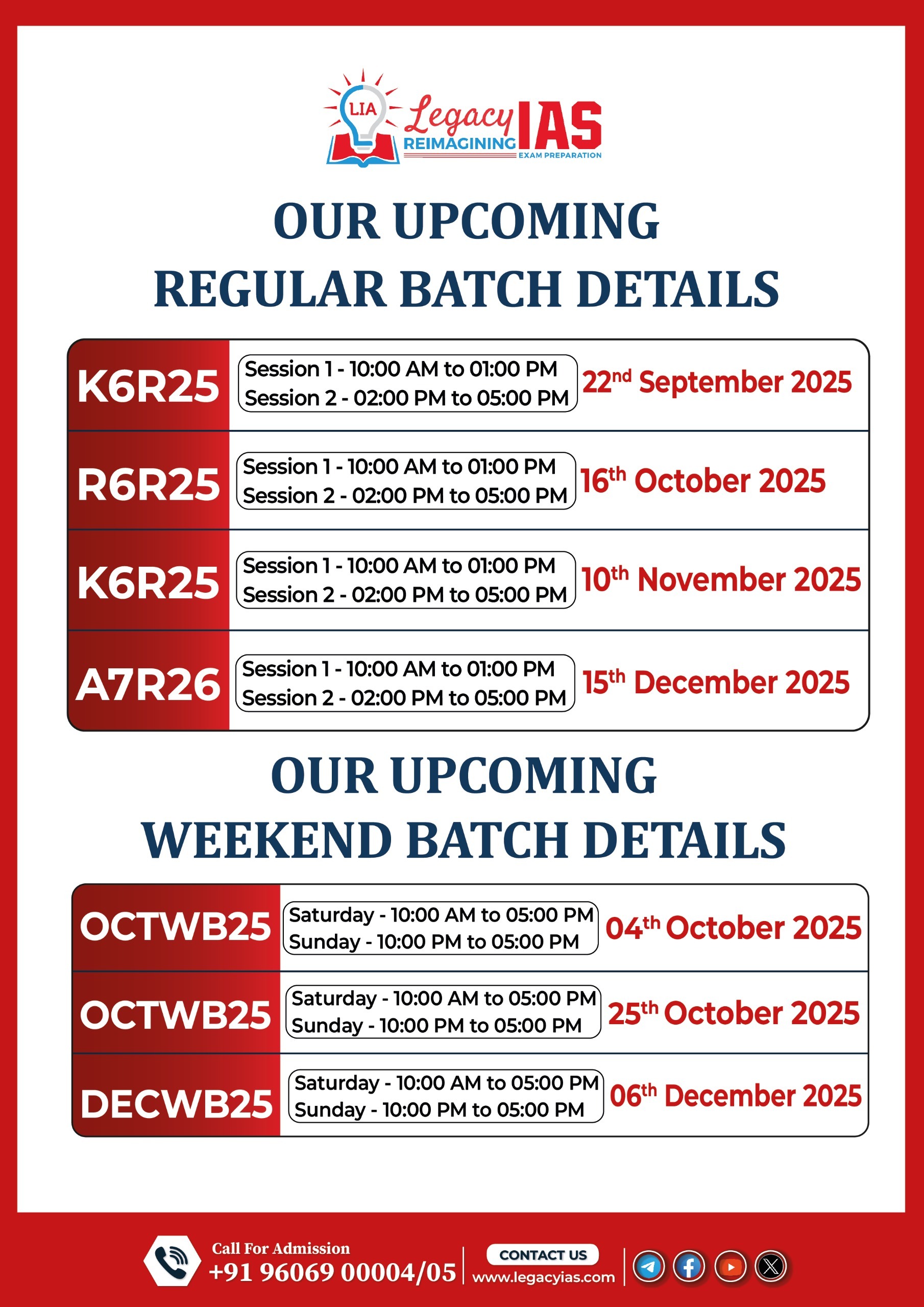Key Discovery:
- Two nocturnal bull ant species (Myrmecia pyriformis and Myrmecia midas) use polarised moonlight to navigate at night.
- This is the second recorded instance of an animal using polarised moonlight; the first was the dung beetle.
Relevance : GS 3(Environment and Ecology)
Background:
- Many nocturnal animals use the moon’s position to navigate, but clouds, trees, and lunar phases often obscure direct moonlight.
- Polarised moonlight, though a million times dimmer than polarised sunlight, creates distinct patterns in the sky that act as a natural compass.
Study Details:
- Conducted by Macquarie University, Sydney.
- Researchers used linearly polarised light and observed ants’ orientation changes when the light’s e-vector was rotated ±45°.
- Ants adjusted their paths according to changes in the polarisation pattern, confirming their ability to detect and use it for navigation.
Findings:
- Throughout Lunar Cycle:
- Ants used polarised moonlight even under an 80% less intense crescent moon.
- Heading shift magnitudes (direction changes) were stronger during waxing phases than waning phases.
- Shift Magnitudes:
- During the full moon:
- Nest 1 (6 m from foraging tree): 36.6º to 43º shifts.
- Nest 2 (2.5 m from foraging tree): 21.5º to 28.9º shifts.
- Longer distances increased the reliability of the navigation vector.
- During the full moon:
- Under New Moon:
- Ants showed no significant change in paths, indicating reliance on polarised light presence.
Scientific Insights:
- Light becomes polarised when scattered in the atmosphere, creating an e-vector pattern—a consistent polarisation direction helpful for navigation.
- The pattern is simpler when the moon is near the horizon, aligning approximately along north-south axes.
- Similarities were noted between how ants use polarised sunlight and moonlight to return to their nests.
Future Research Directions:
- Investigate if ants use a time-compensated lunar compass or rely on additional cues like familiar landscapes.
- Compare navigation under obstructed and unobstructed sky conditions to understand cue integration.
Significance:
- Enhances understanding of insect navigation under varying light conditions.
- May inform biomimetic designs for navigation systems in robotics and technology.



